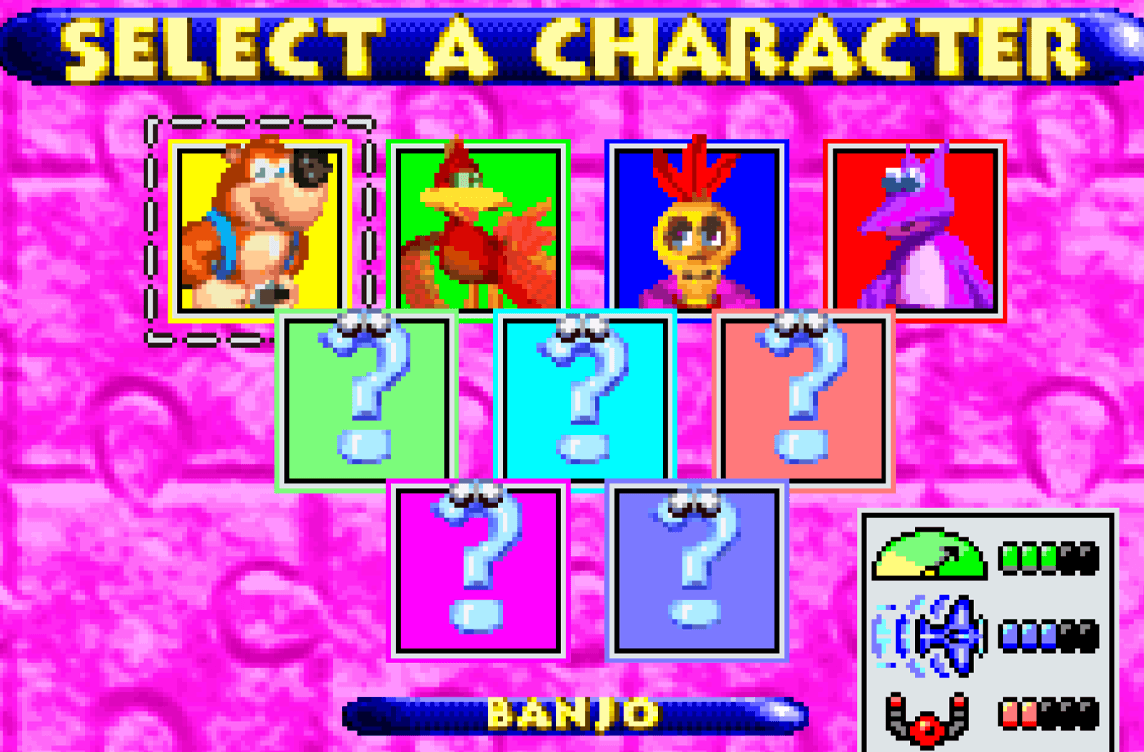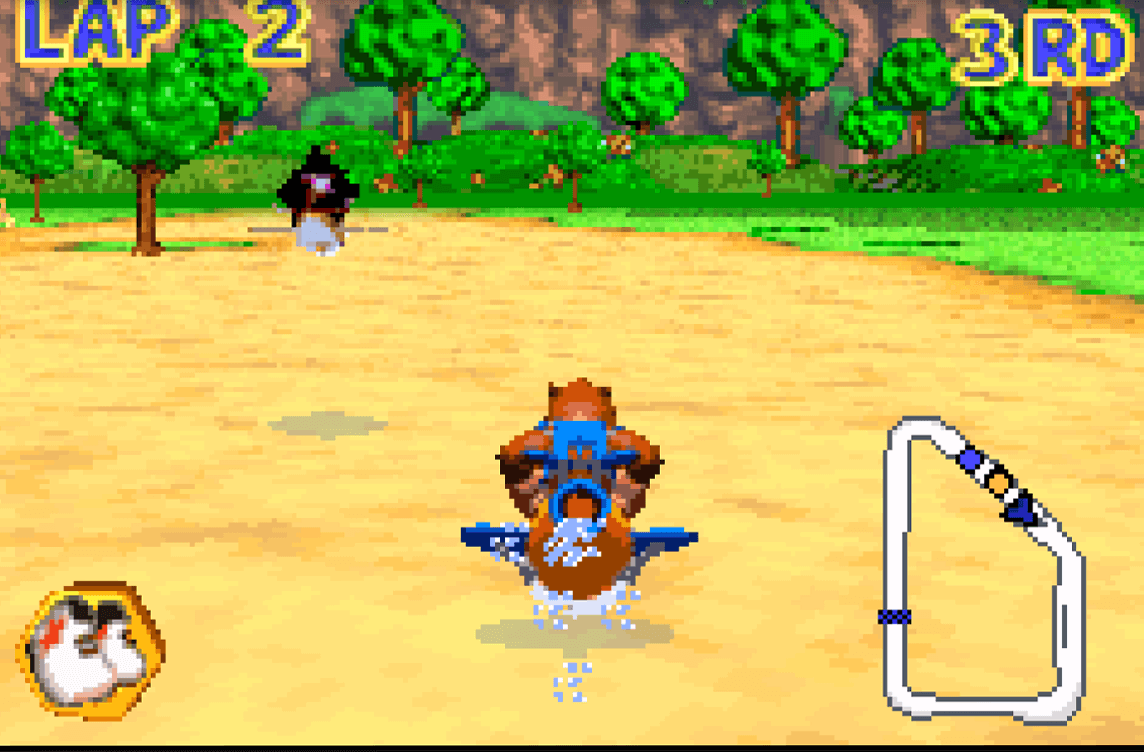More than a decade ago, Rare, a UK-based developer, was in the midst of creating various projects for Nintendo’s Game Boy Advance. However, when Nintendo opted not to purchase Rare’s shares from the Stamper brothers, Microsoft stepped in and acquired the company. This left Rare with several unreleased projects for the GBA, including the games Banjo-Kazooie: Grunty’s Revenge and a racing game featuring Diddy Kong, titled Diddy Kong Pilot.
The Evolution of Banjo Pilot
Due to Rare’s loss of rights to the Donkey Kong characters and Microsoft’s focus on console gaming, Diddy Kong Pilot underwent extensive retooling and emerged as Banjo Pilot in 2005. This release came several years after its initial announcement. The result was a content-rich game, though not without its shortcomings.

Gameplay and Features
Banjo Pilot takes a unique approach to arcade-style racing, foregoing traditional karts in favor of miniature airplanes. Initially, players have access to characters like Banjo, Kazooie, Mumbo Jumbo, and Jinjo. Additional racers can be unlocked by completing cups and exchanging earned pages with Cheato.
The game boasts a total of sixteen tracks, featuring locations from various Banjo titles, such as Banjo-Kazooie, Banjo-Tooie, and Banjo-Kazooie: Grunty’s Revenge. While the venues differ, the tracks share common obstacles like trees or the occasional camel, along with speed-boosting rings.
Flight Mechanics
Despite the aerial setting, flight dynamics don’t significantly alter race dynamics. Boost rings may vary in height, necessitating altitude adjustments, but this remains a minor novelty. Straying off-course onto non-track terrain slows the player down and may lead to a crash due to the game’s Mode 7 design.
Items and Power-Ups
Banjo Pilot adheres to the kart racer tradition with a range of items. These include speed-boosting shoes, invincibility-granting golden feathers, homing fire eggs, and ice eggs that create hindering ice cubes. A well-timed barrel roll can counteract incoming attacks or provide a speed boost.
Game Modes
The game offers an array of modes to engage players. Four Grand Prix modes, each comprising four races, challenge players to accumulate the most points. Successful racers then face off against a boss character in an aerial dogfight. Additionally, the Jiggy Challenge mode tasks players with collecting golden jigsaw pieces and beating an AI opponent across 32 tracks, providing a substantial and rewarding challenge.
Visuals and Sound
Banjo Pilot shines with vibrant, Mode 7 graphics. The backgrounds are a visual delight, offering intricate and diverse scenery. The music, a remnant of the game’s Diddy Kong Pilot days, is characterized by playful chimp sounds, particularly in the character selection screen.

Conclusion
While Banjo Pilot may not introduce groundbreaking innovations or boast flawless physics, it offers a content-rich racing experience that provides extended enjoyment for solo gamers on the Game Boy Advance. Despite occasional frustrations like rubber-band AI and repetitive tracks, it remains a solid choice for arcade racing enthusiasts. The game may not have justified its five-year development period, but it ensures Banjo and company avoid a crash landing.
Soar through the skies and claim victory in Banjo Pilot!
Play Banjo Pilot onlineAnywhere, Anytime
You can enjoy the exhilarating experience of Banjo Pilot not only on our website but also on your mobile devices and tablets for gaming on the go!